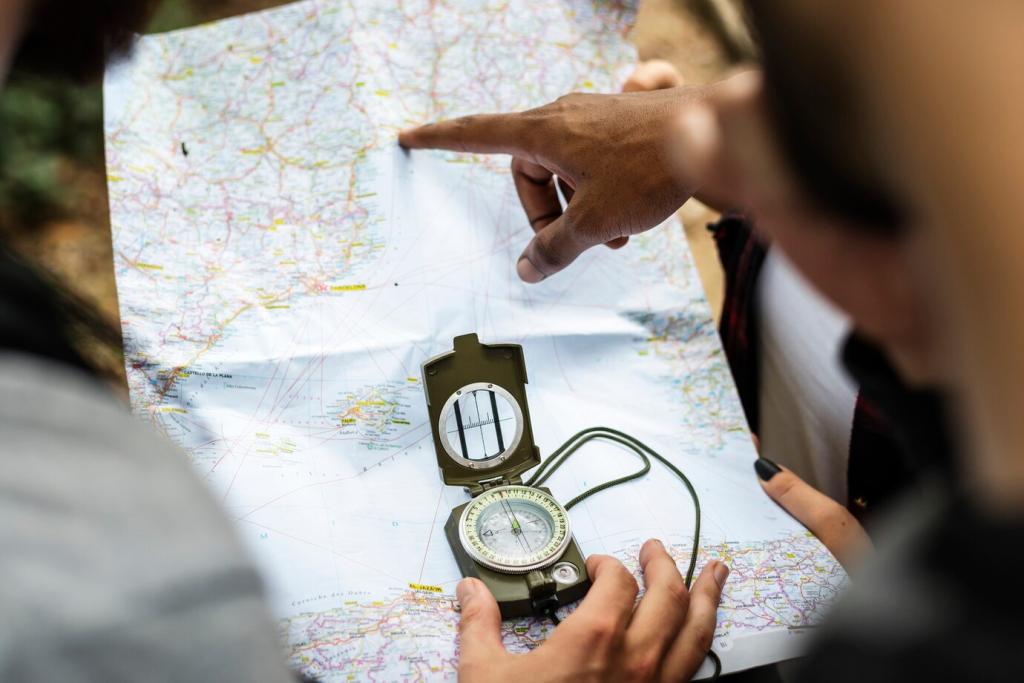Tech Toolkit: Headsets, Phones, and Location Cues
Standalone VR headsets enable full immersion indoors, while AR-capable smartphones keep guests mobile outdoors. Consider battery life, brightness, and weight. Lightweight gear and simple controls keep audiences attentive to stories, not menus.
Tech Toolkit: Headsets, Phones, and Location Cues
AR on phones shines in open-air tours: overlays of lost rooftops, translated signage, or time-lapse reconstructions. Calibrate for varying light, and provide quick recalibration prompts so visitors recover tracking without breaking narrative flow.



